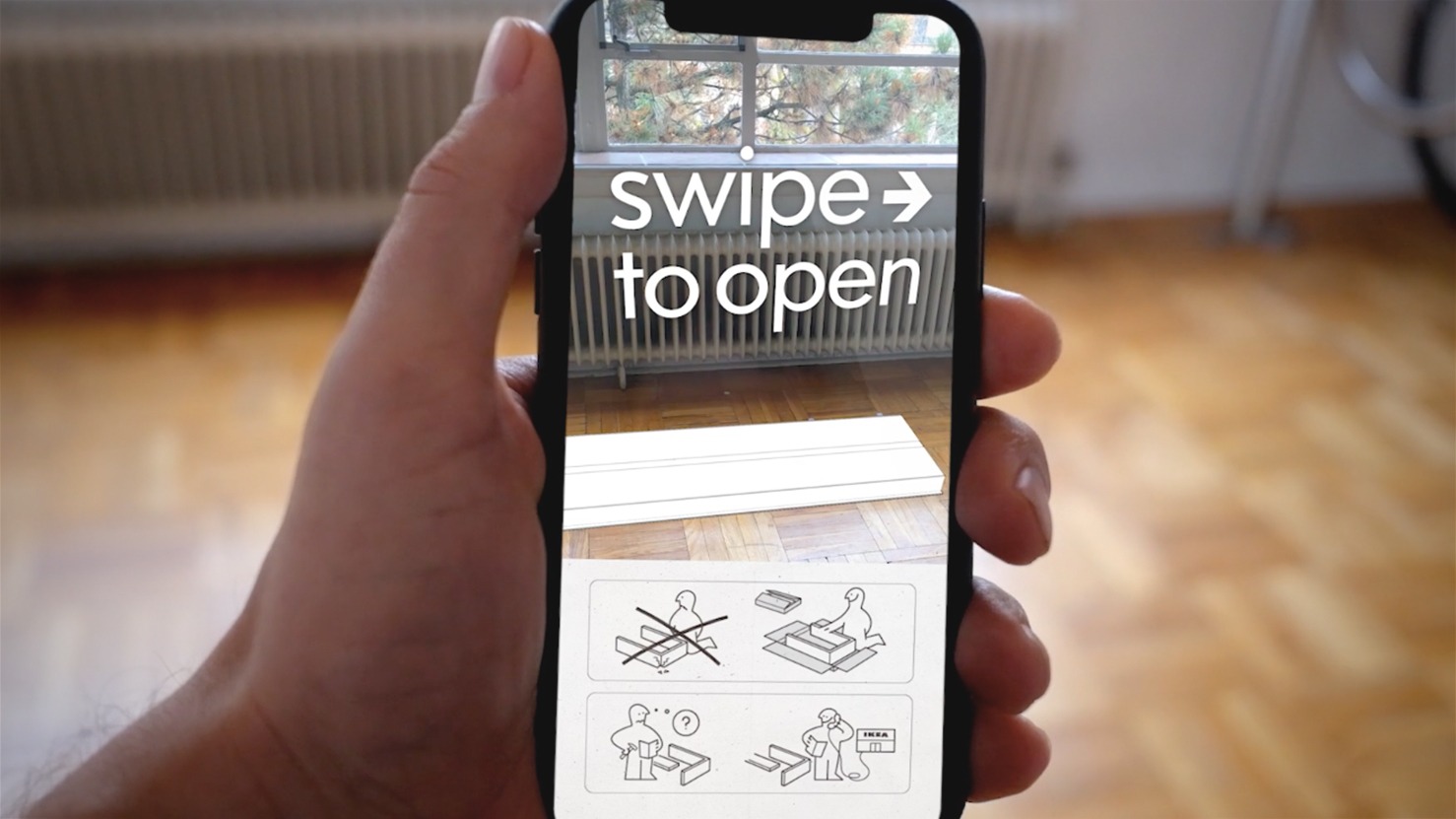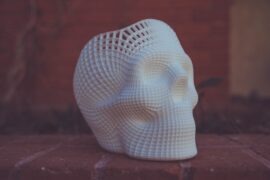Although IKEA takes the cake for masterminding the ready-to-assemble (or flat-pack) furniture, the concept was initially captured in an 1878 US patent described as “(A) class of furniture which is so constructed that it may be packed and transported in parts, and put together for use by skilled or unskilled persons.”
Either way, decades of design expertise, new methods of manufacturing, and a slew of customer experience updates have radicalized the ready-to-assemble experience. But the one thing that hasn’t changed much? Those pesky minimalist assembly instructions.
Inspired by IKEA’s Place app, which uses augmented reality features on a smartphone to enable preview furniture within an interior space, UI designer Adam Pickard took a stab at carrying the same augmented reality features over to the brand’s assembly instructions.
“Even though the IKEA assembly manual is well-designed, people often struggle with the self-assembly, so much so that its a common cliche,” explains Pickard. “There are even professional builders that are hired to do the assembly for you.”
Keeping aspects of the original manual layouts to keep the experience on-brand, Pickard added animations created in Cinema 4D and life-sized reference models to help simplify the self-assembly process.
“I looked at what 3D elements should be positioned in the user’s environment for each step, to prevent the user having to crawl or walk over to each small detail,” he explains. “I enlarged aspects of that instruction in the user interface at the bottom of the screen.”
Will IKEA bring on Pickard to make (some variation of) this concept official and public? Either way, with the increasing accessibility of AR technologies, could we altogether be moving away from the traditional paper booklet?








